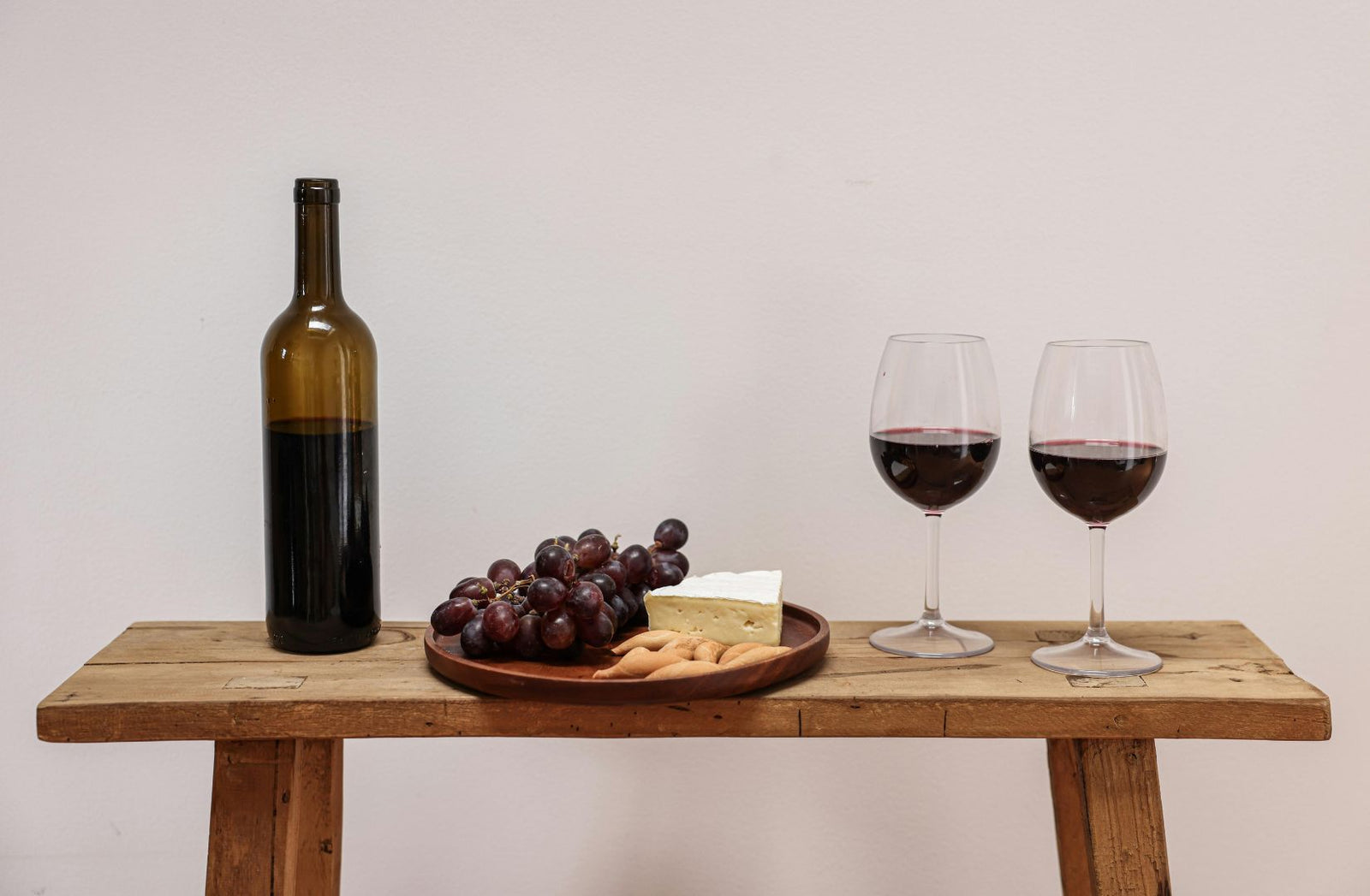
The Ultimate Beginner’s Guide to Wine Varieties and Grapes

The Ultimate Beginner’s Guide to Wine Varieties and Grapes
Read more

Cappuccino vs. Café Latte: What’s the Difference?
Read more
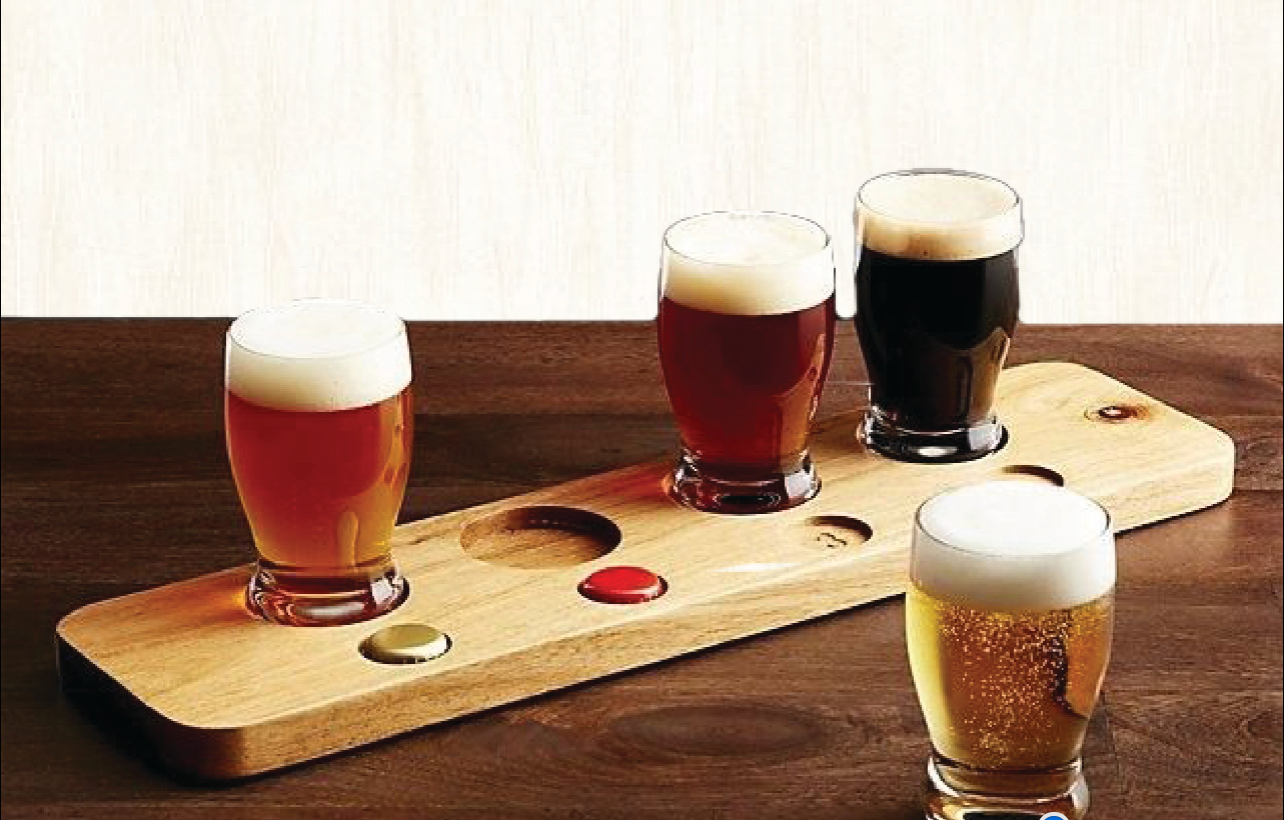
Beer Pouring Pro Tip: Why You Should Remove the Gas Before You Sip
Read more
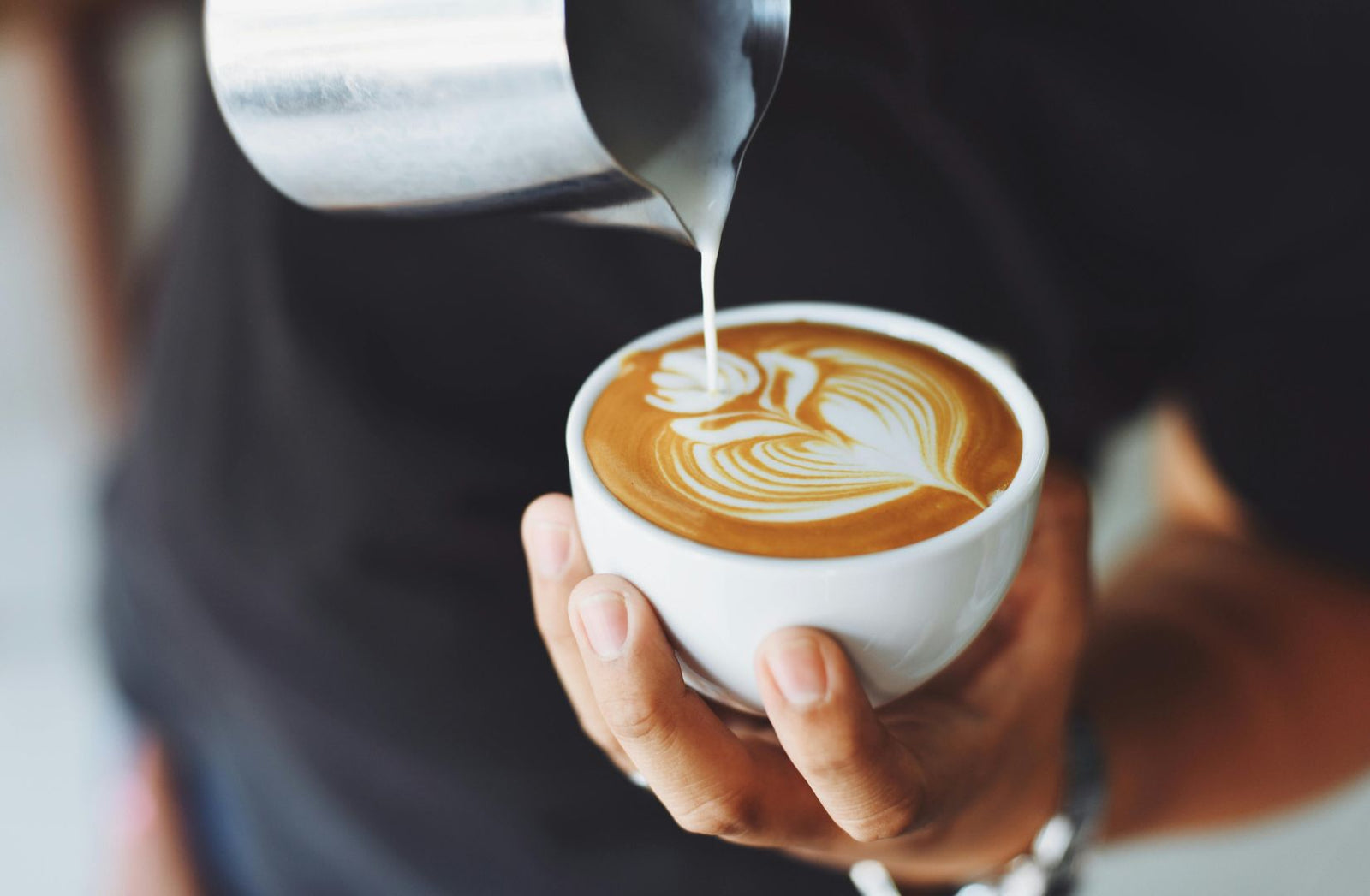
Make Delicious Cappuccino’s at Home with a Moka Pot and Milk Frother
Read more
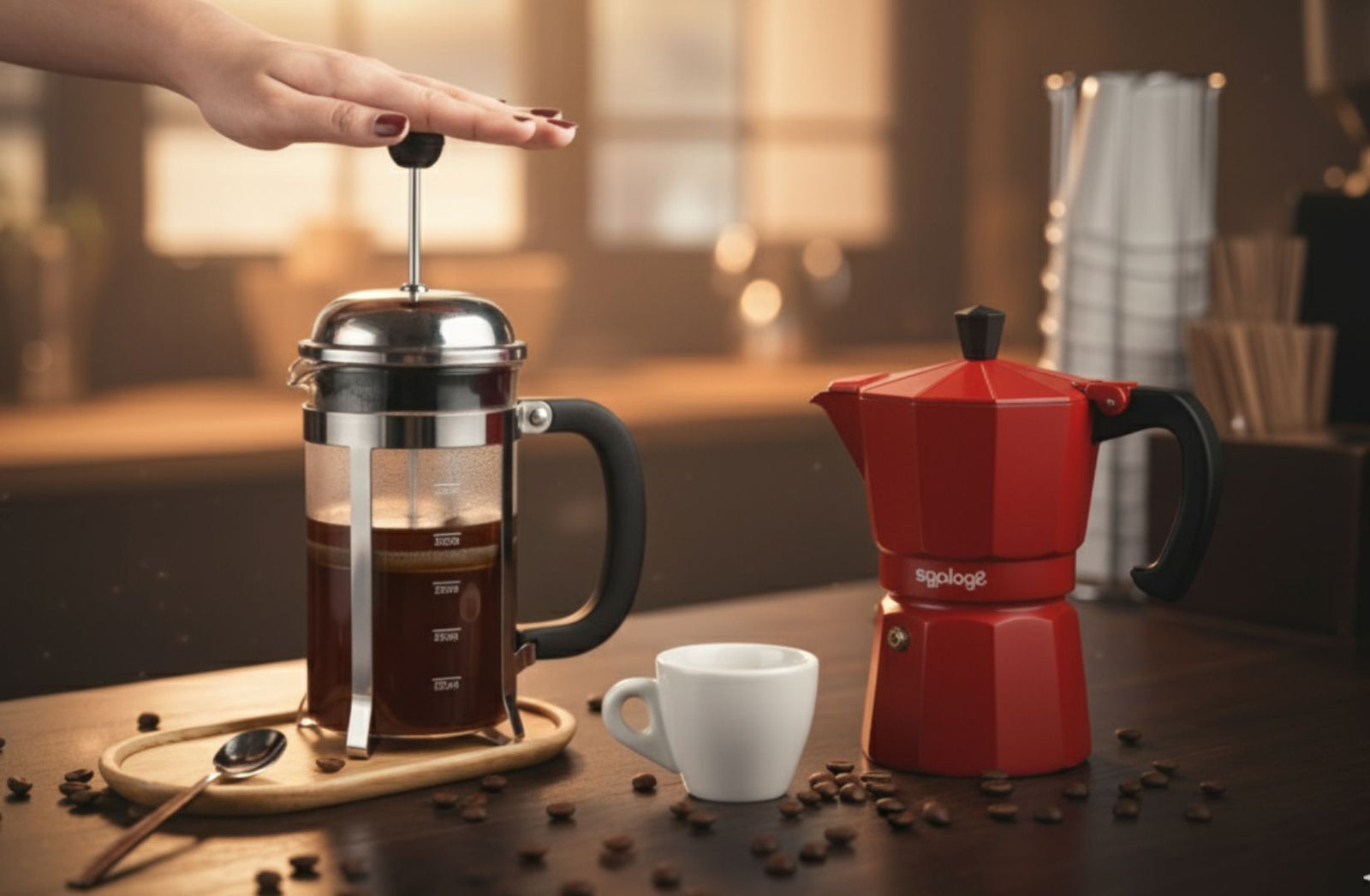
Brew Your Way: Moka Pot or French Press?
Read more
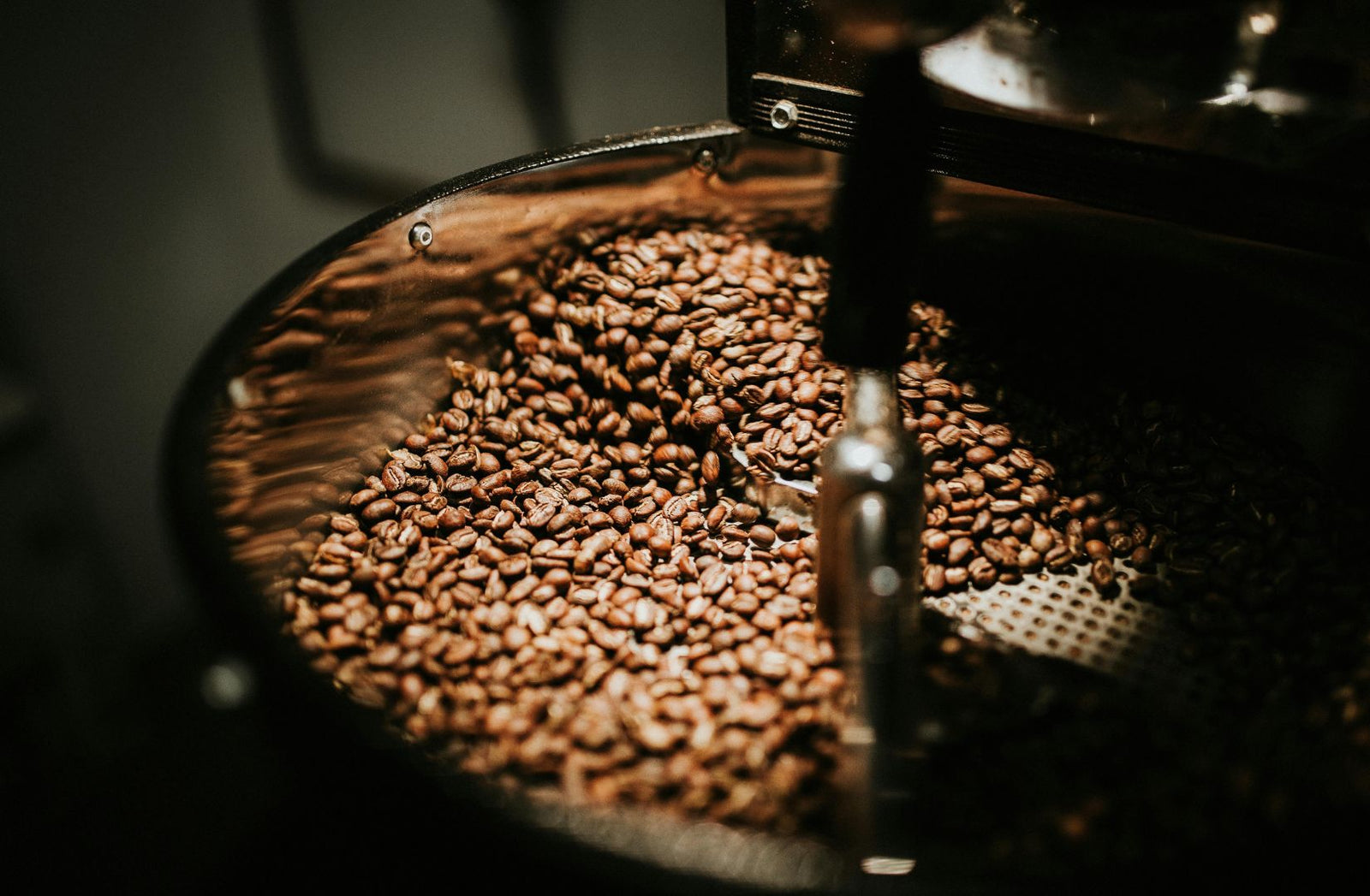
The Ultimate Guide to Coffee Beans and Roast Varieties
Read more

Exploring Coffee Extraction Techniques: Immersion vs. Percolation
Read more
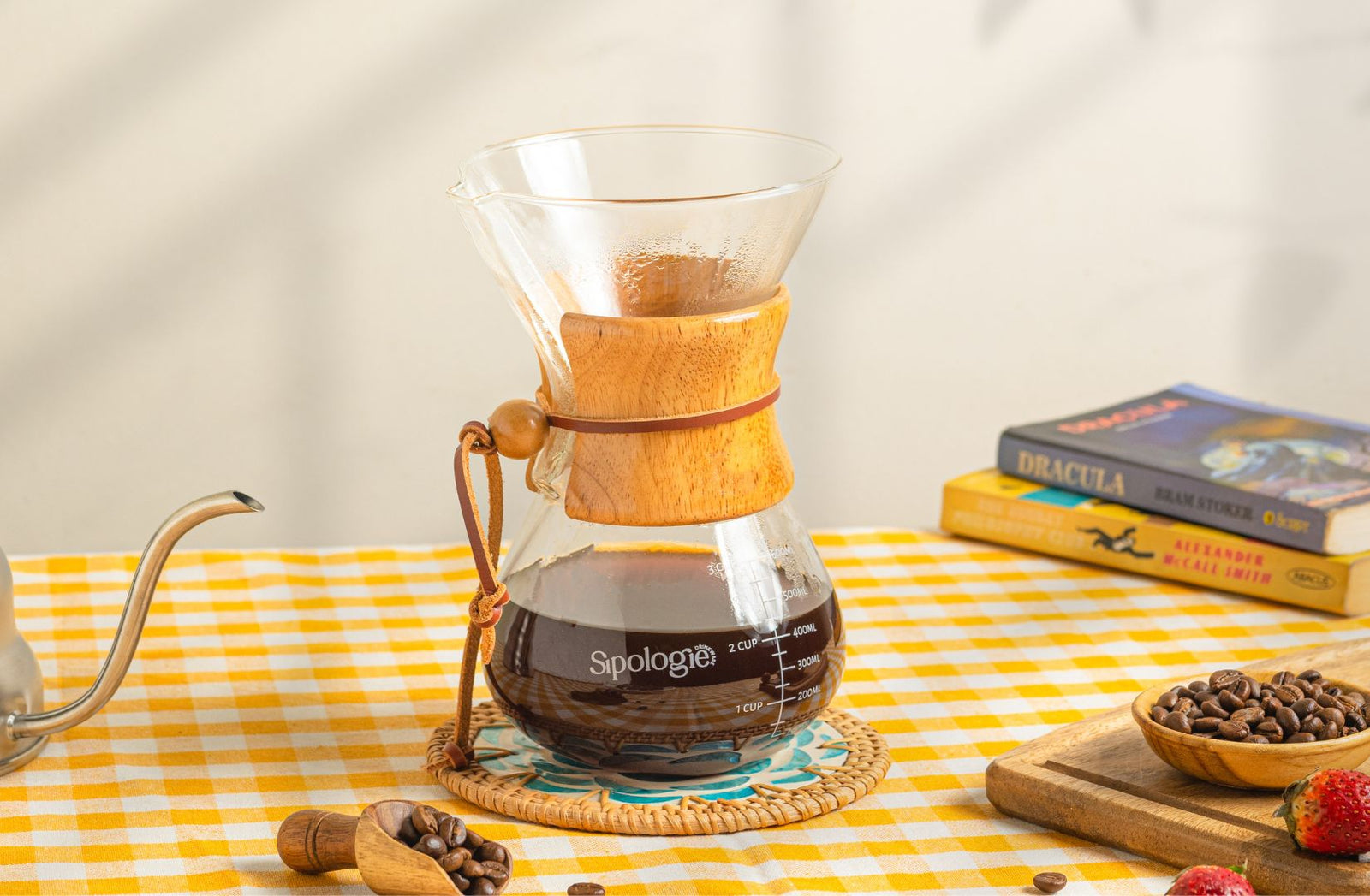
Discover the Art of Pour-Over Coffee
Read more
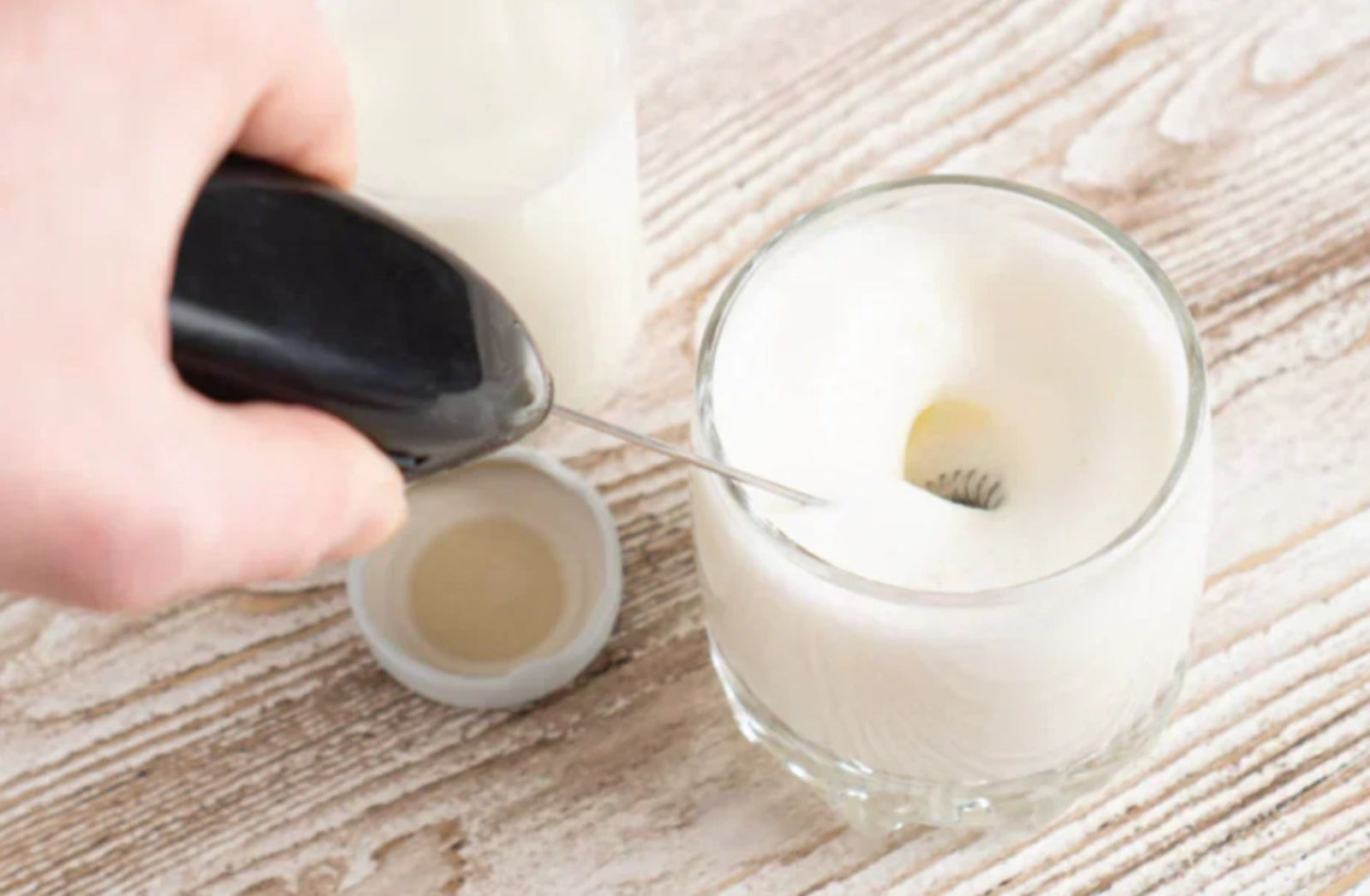
Froth Like a Pro at Home using Milk Frother
Read more

The Perfect Guide to Different Type of Tea and Their Benefits
Read more
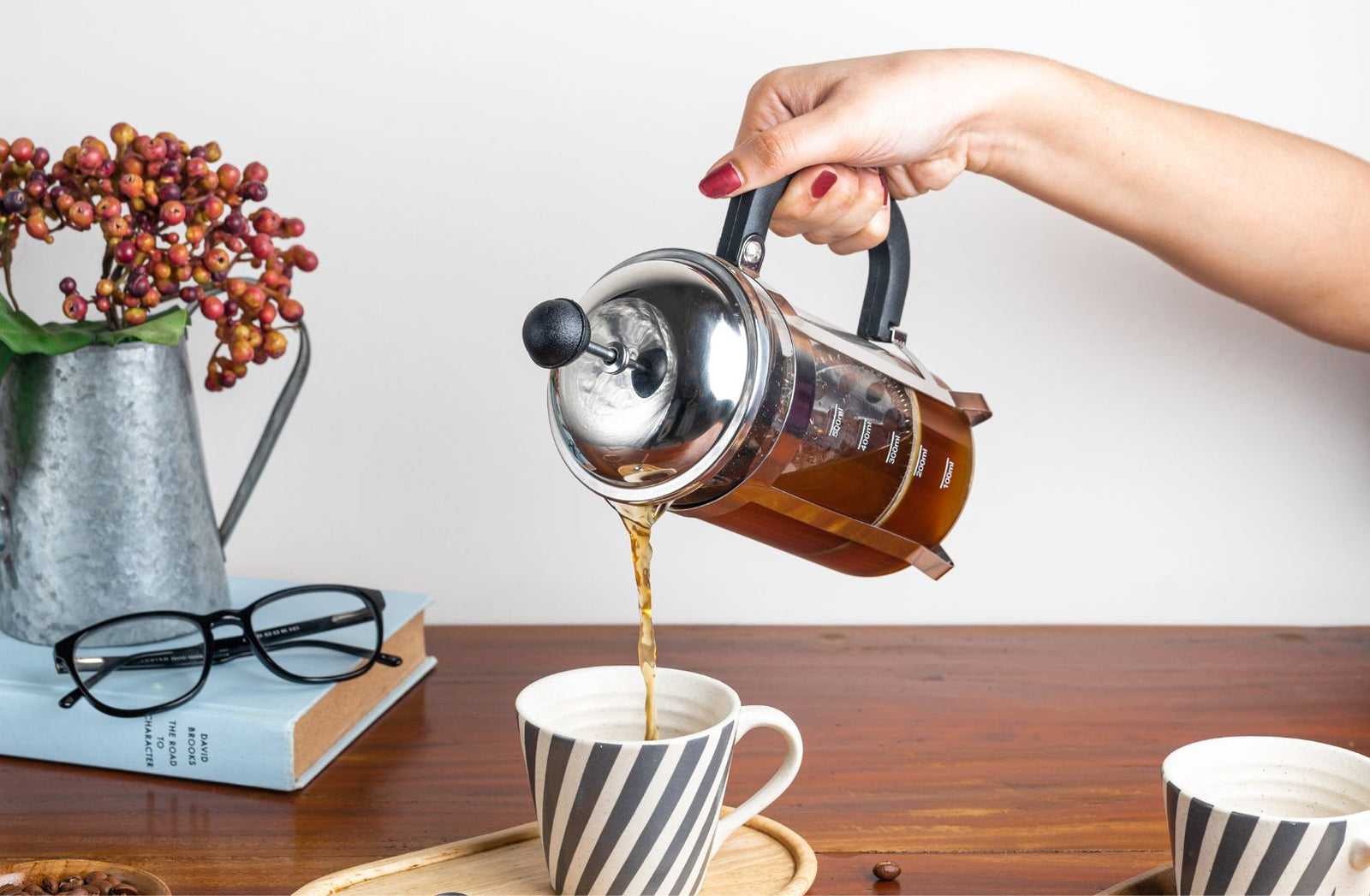
How to Master Your French Press: Tips Inside!
Read more
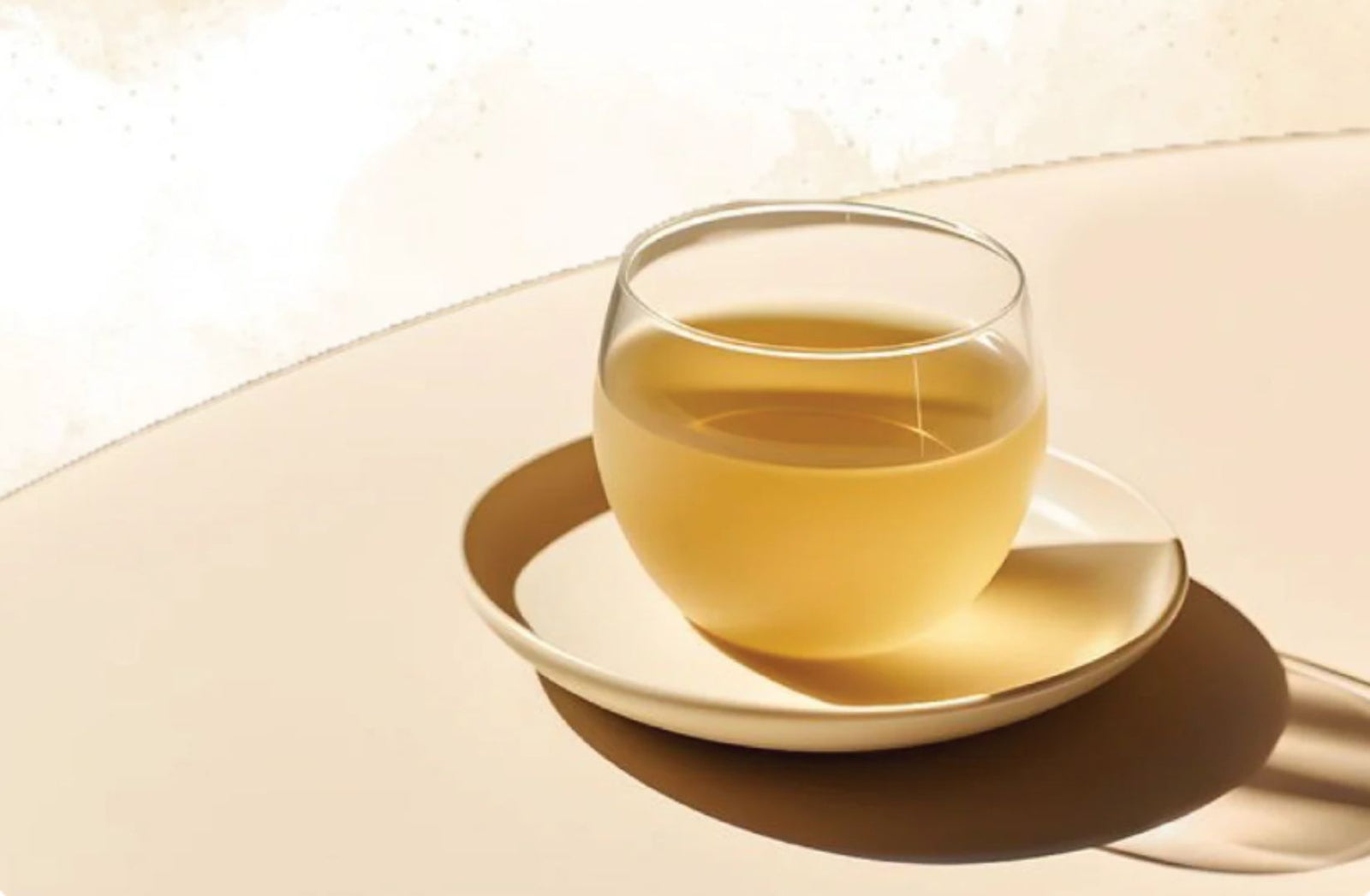
What Makes White Tea Special
Read more

Unlock the Full Potential of Your Tea with Sipologie
Read more
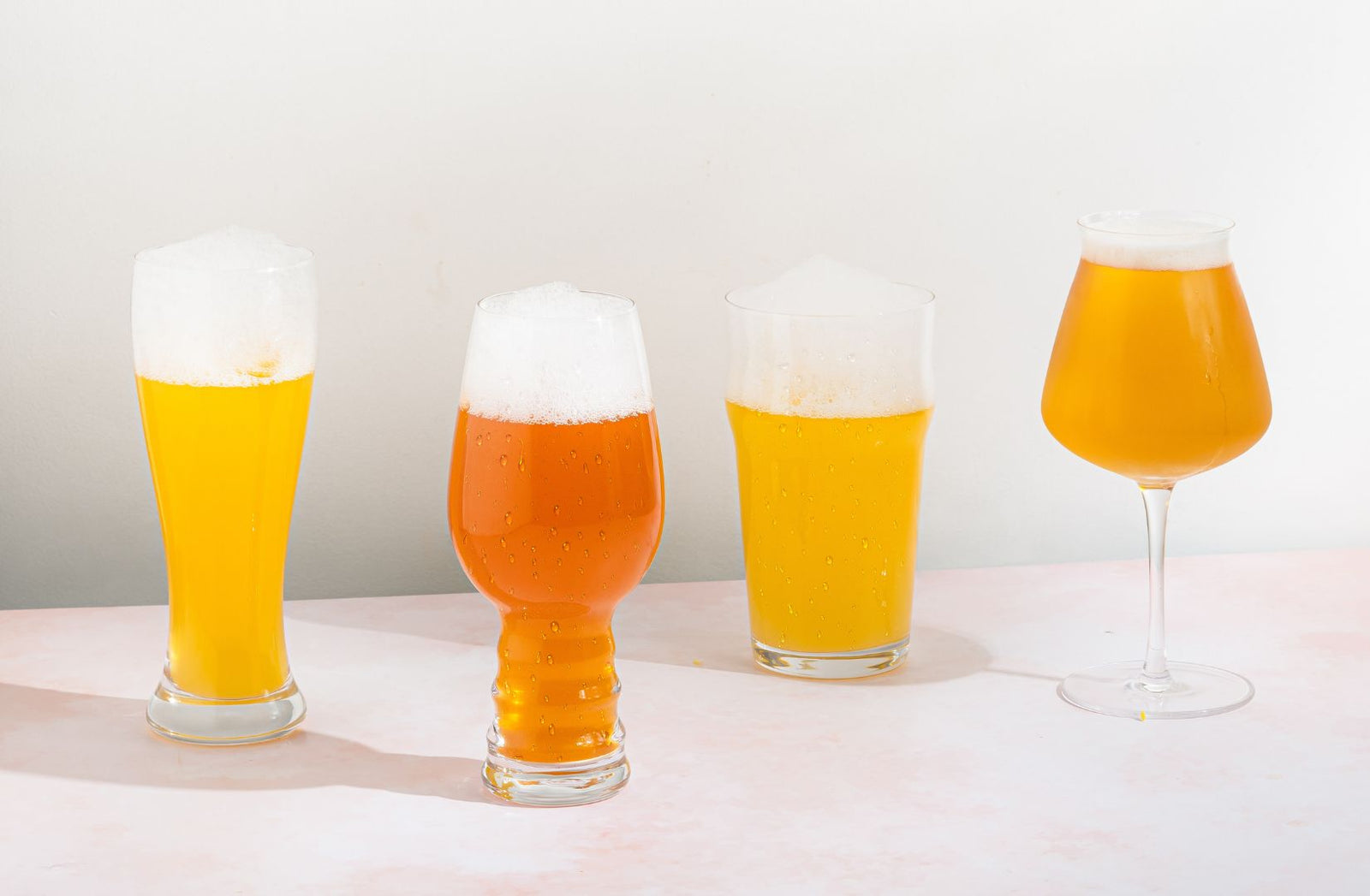
Learn How Beer Glasses Enhance Your Craft Beer Experience
Read more
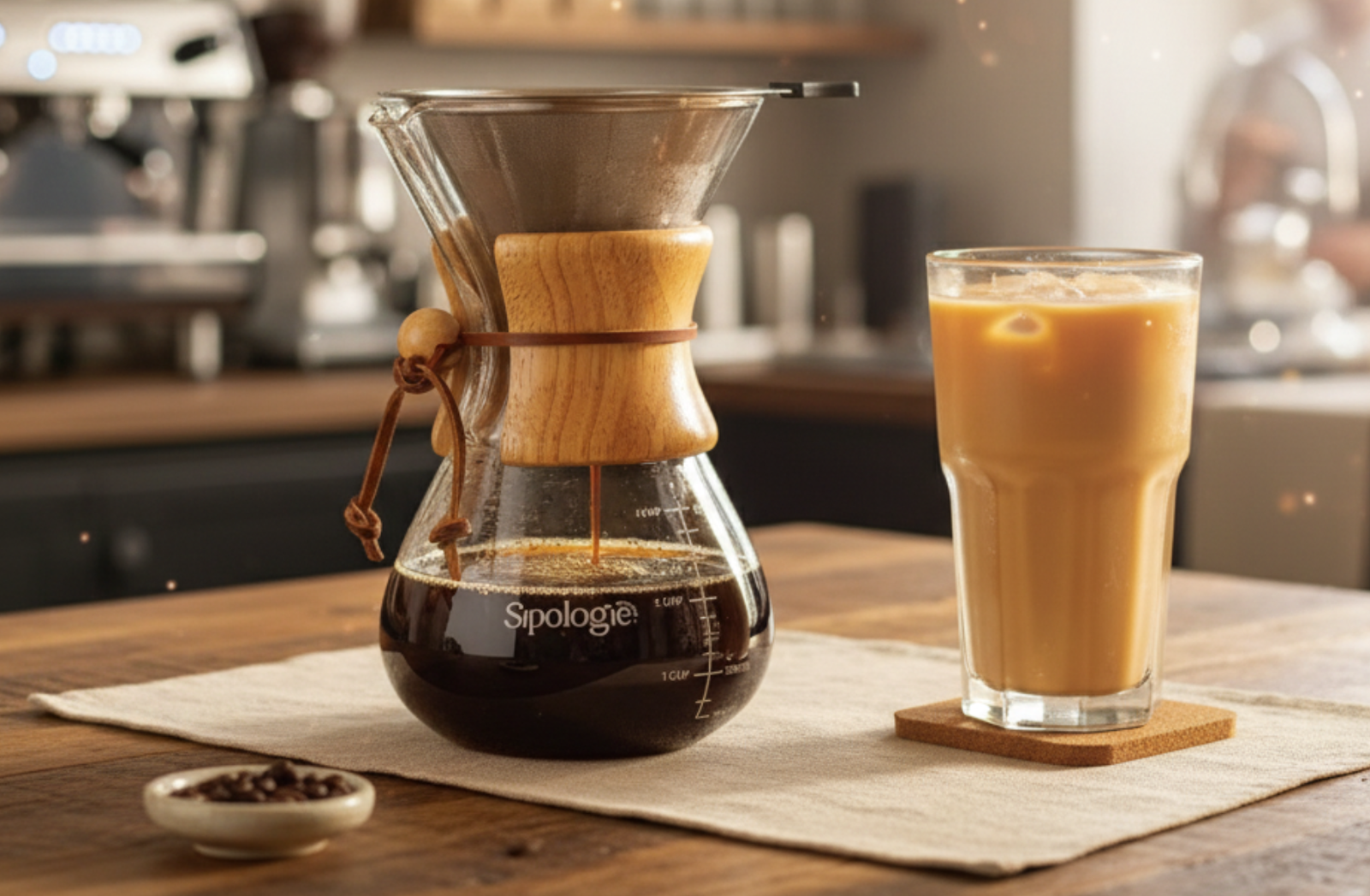
Perfect Iced Coffee with the Sipologie Chemex
Read more
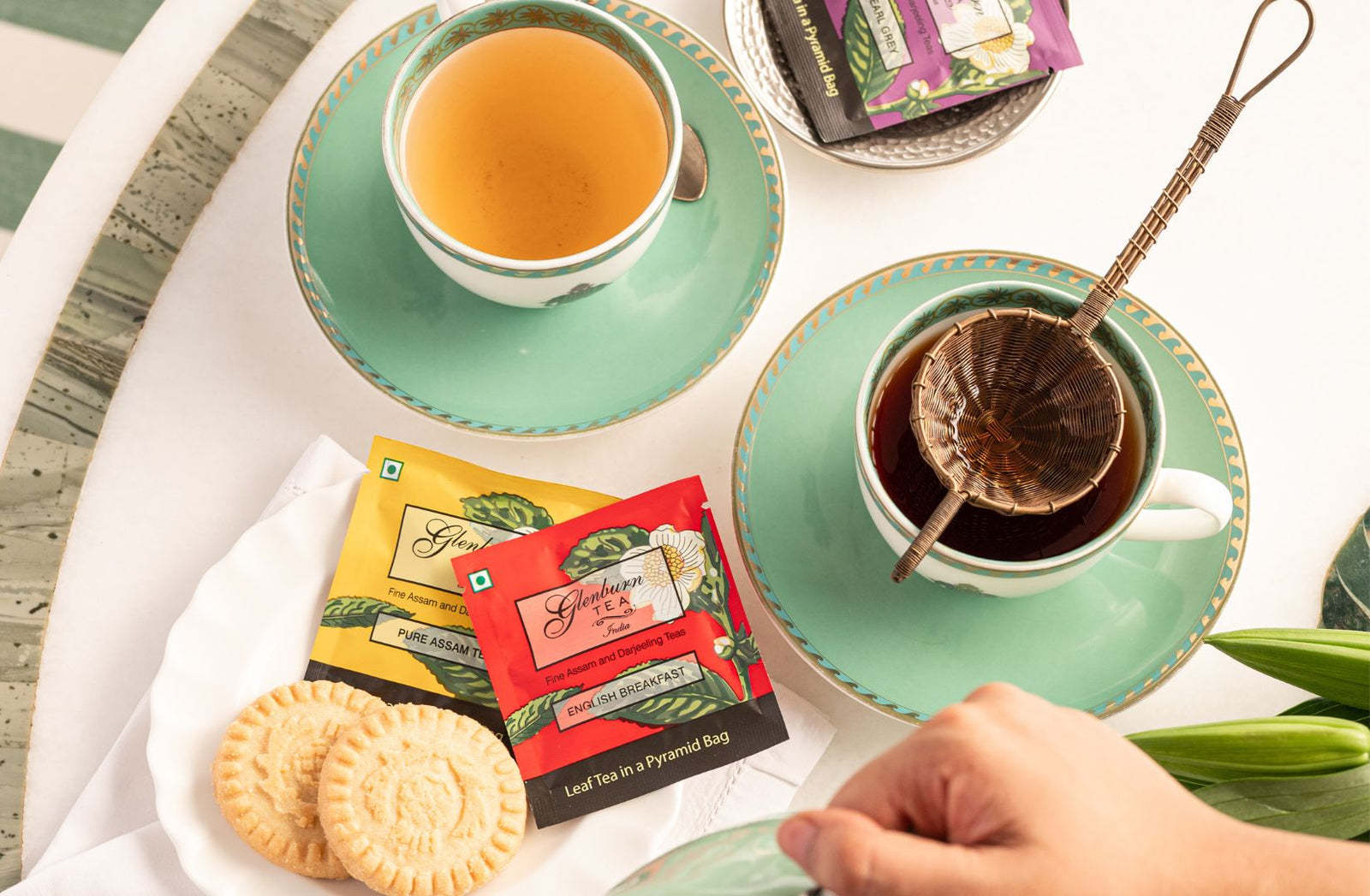
Loose Leaf Tea or Tea Bags: Brewing Up the Perfect Cup
Read more
Be the first to know about new collections and exclusive offers.